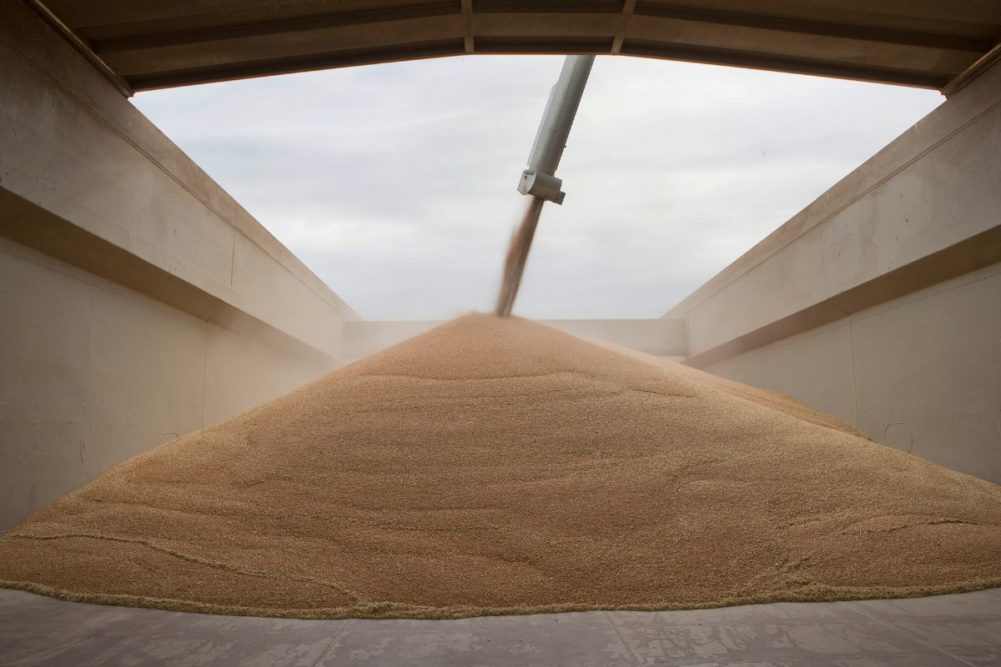CORNWALL, ONTARIO, CANADA — Western Canadian grain shipments on the Great Lakes-St. Lawrence Seaway System have reached 3.1 million tonnes through June, up nearly 24% compared to the first six months of 2022, according to the Chamber of Marine Commerce (CMC), an industry association.
The increased demand is attributed in part to Canadian producers addressing global needs amid the ongoing war between Ukraine and Russia, which began in February 2022. Russia is the world’s largest wheat exporter, while Ukraine has been a major shipper of wheat, barley and corn.
“Movement has been strong as Canada continues to export large volumes of corn to the European Union who look to the Great Lakes for a reliable supply to meet their domestic need for feed ingredients,” said Carsten Bredin, vice president of grain merchandising at Richardson International. “Exports of wheat and durum from Thunder Bay (Ontario) continue at a strong pace as affordable ocean freight rates are attracting additional demand.”
At the halfway point in the navigation season, the Hamilton-Oshawa Port Authority (HOPA), is showing consistent growth in the agri-food sector. Across three grain terminals at HOPA ports, more than 192,000 tonnes of grain was exported in June, up 15% from May, said Larissa Fenn, vice president of corporate affairs at HOPA.
Led by a 6% increase in wheat, production of Canadian wheat, corn, barley and oats is forecast to increase 1% year-over-year to 64.3 million tonnes in marketing year 2023-24, according to the most recent US Department of Agriculture Foreign Agricultural Service report in May.
For the year, about 12 million tonnes of total cargo traffic have transited the Great Lakes-St. Lawrence Seaway System, which connects more than 110 commercial ports in the United States and Canada.





